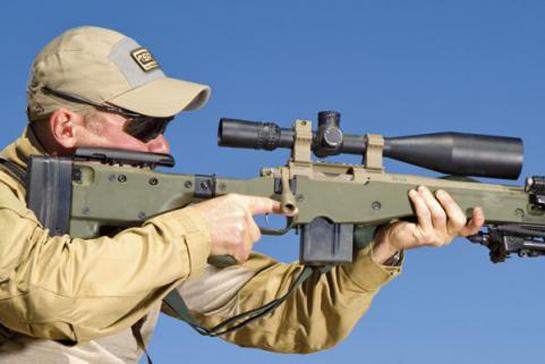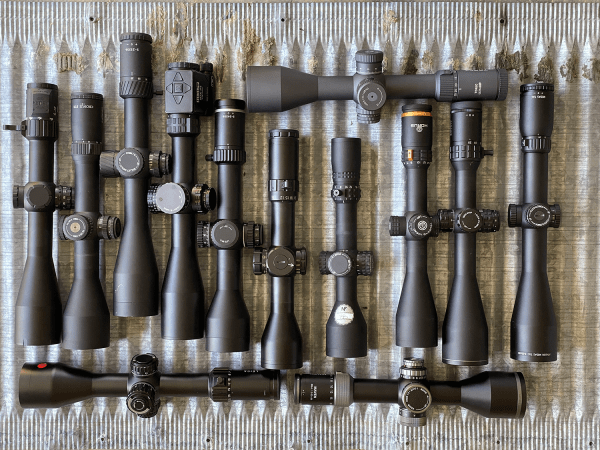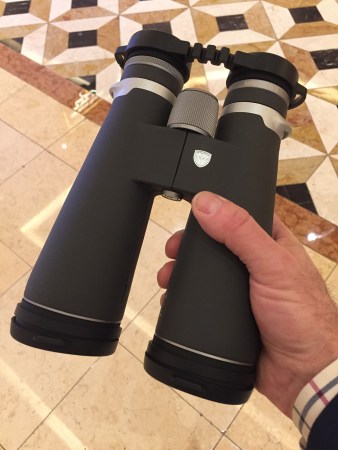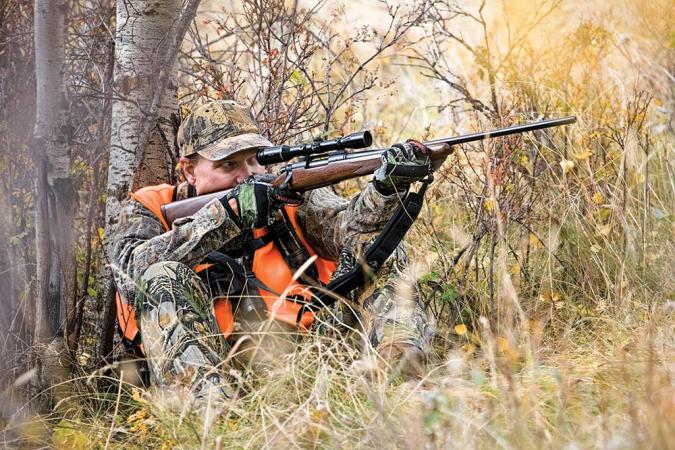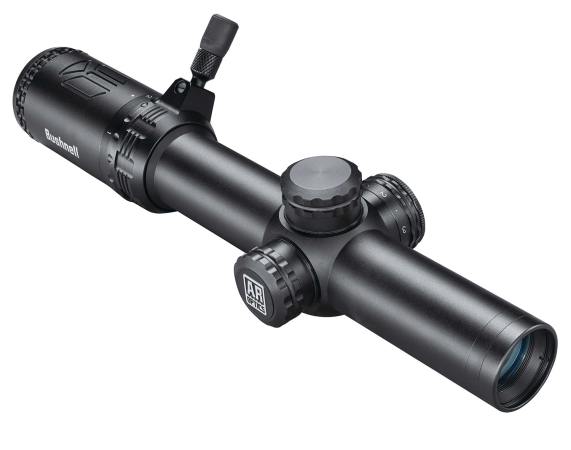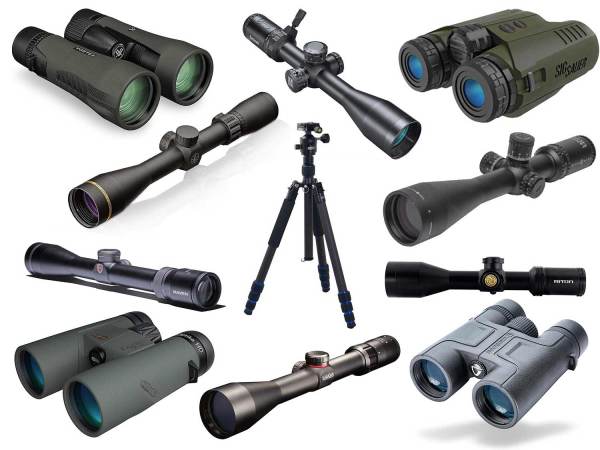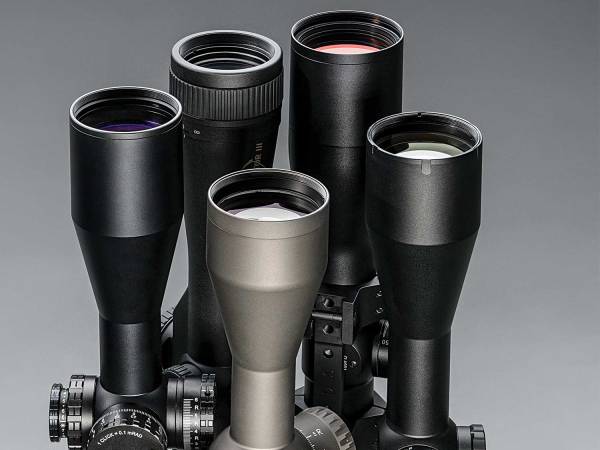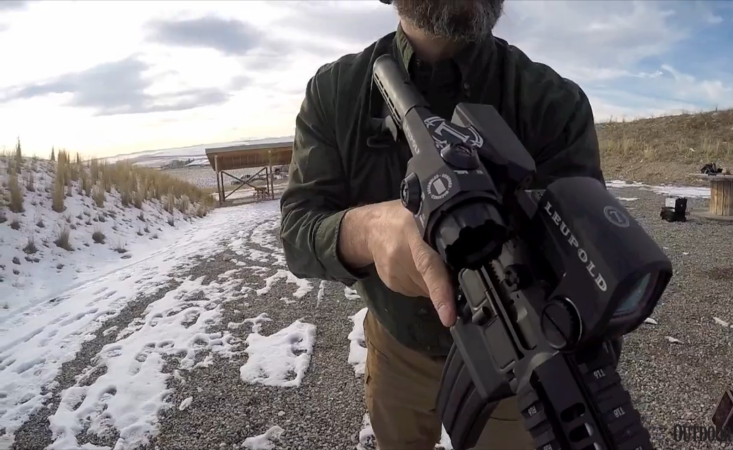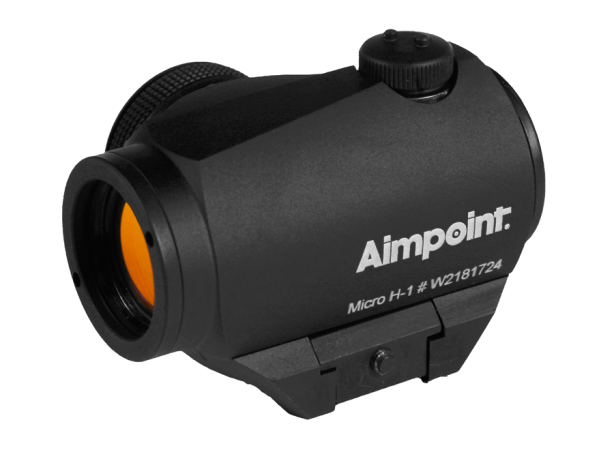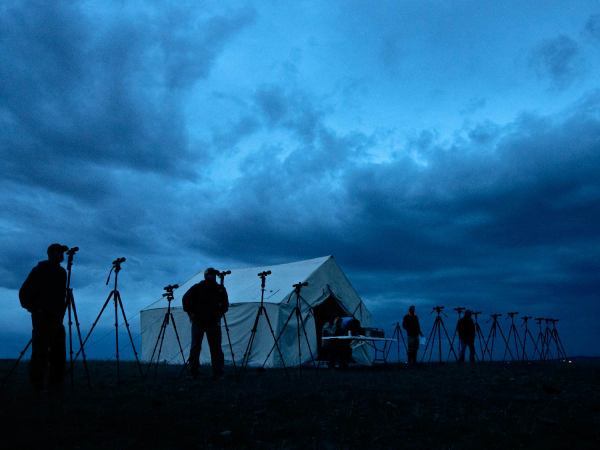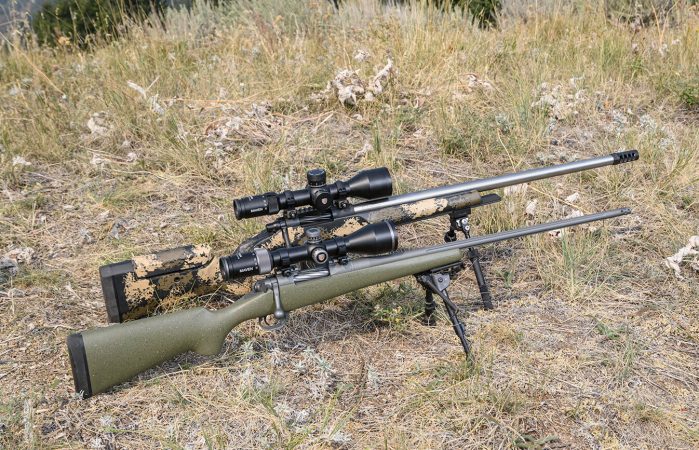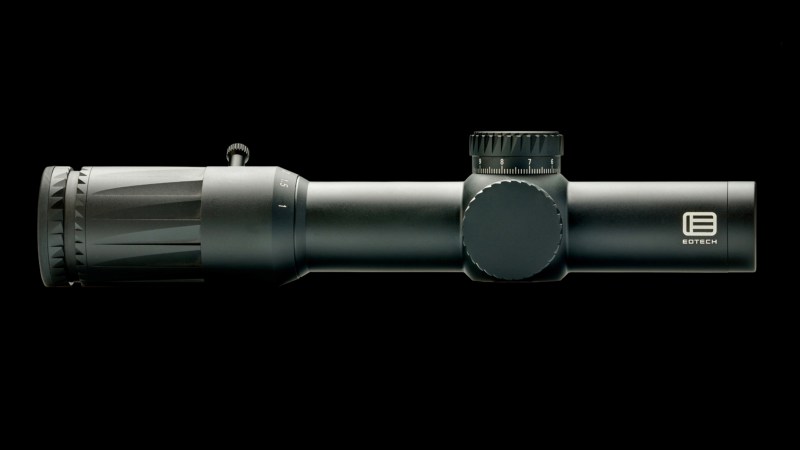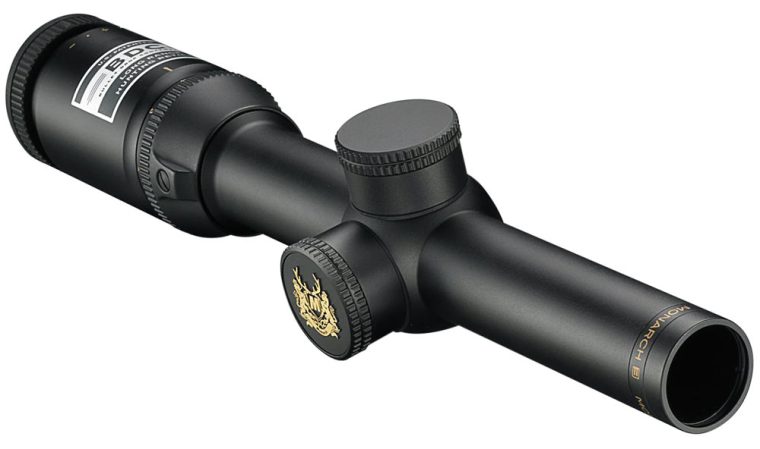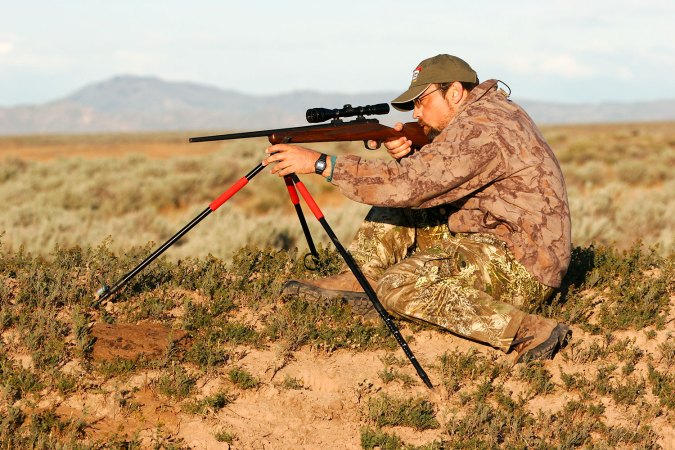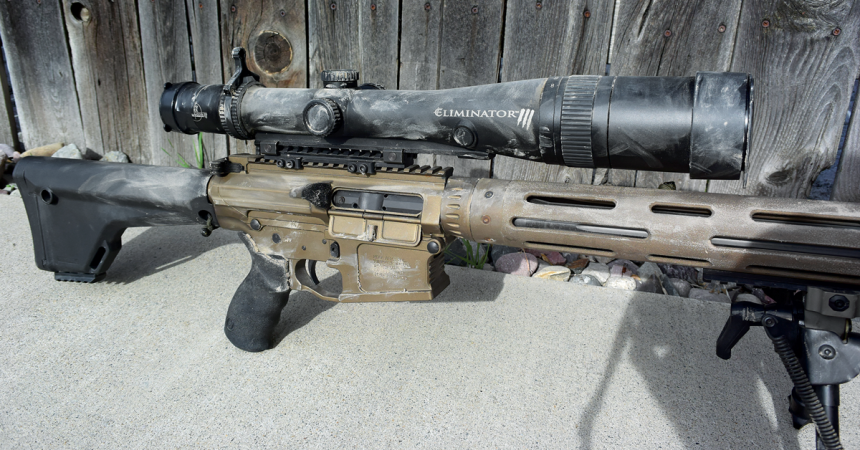We may earn revenue from the products available on this page and participate in affiliate programs. Learn More ›
Top-flight shooting instruction has never been easier to come by, particularly with the proliferation of long-range precision rifle schools, most of which have been strongly influenced by modern sniper techniques. One of the keys to being more effective at long ranges is to get the most out of your riflescope, binoculars, and spotting scope.
Here’s three tips from the pros.
1) Glassing Effectively
The trick to glassing is to do it in a deliberate, unrushed manner. When you settle on a spot, keep your binocular still and look all around the area in view. Once your scan is complete, shift the bino up (or over) to glass the adjoining ground. Make your circles slightly overlap, as the extreme edges in a binocular are often out of focus. This way you’ll be less likely to overlook that bedded buck.
Also make a habit of looking for bits of an animal–the symmetrical spread of ears or the head, the white patch from a mule deer’s rump, the glint off an antler–rather than the whole body. You’ll spot more game this way.
2) Push/Pull Dialing
When the time comes to adjust the crosshairs on your rifle, seconds count, so it pays to learn to dial in windage or elevation corrections quickly, without lifting your head from the stock and losing view of the target. For a right-handed shooter, pushing forward with the thumb on the knobs, rotating them clockwise, will move the point of impact down or to the left, while pulling on the turrets moves them up or to the right. Memorize this “push/pull” method to dial in faster.
3) Picking a Scope
If you’re going to get serious about shooting at long ranges with targets at unknown distances, your scope needs to be up to the task. That means target-style elevation and windage turrets that are easy to operate under shooting conditions, and a focus knob that allows adjustments for parallax. (How often should you adjust for parallax? With every shot.)
For range estimation and accurate holdover, I’ve come to prefer a mil-dot reticle. Once mastered, it is amazingly effective. Likewise, get a scope that adjusts in 0.1 mil increments. Lastly, a reticle in the front focal plane lets you use the reticle’s holdover marks at any magnification you choose.

